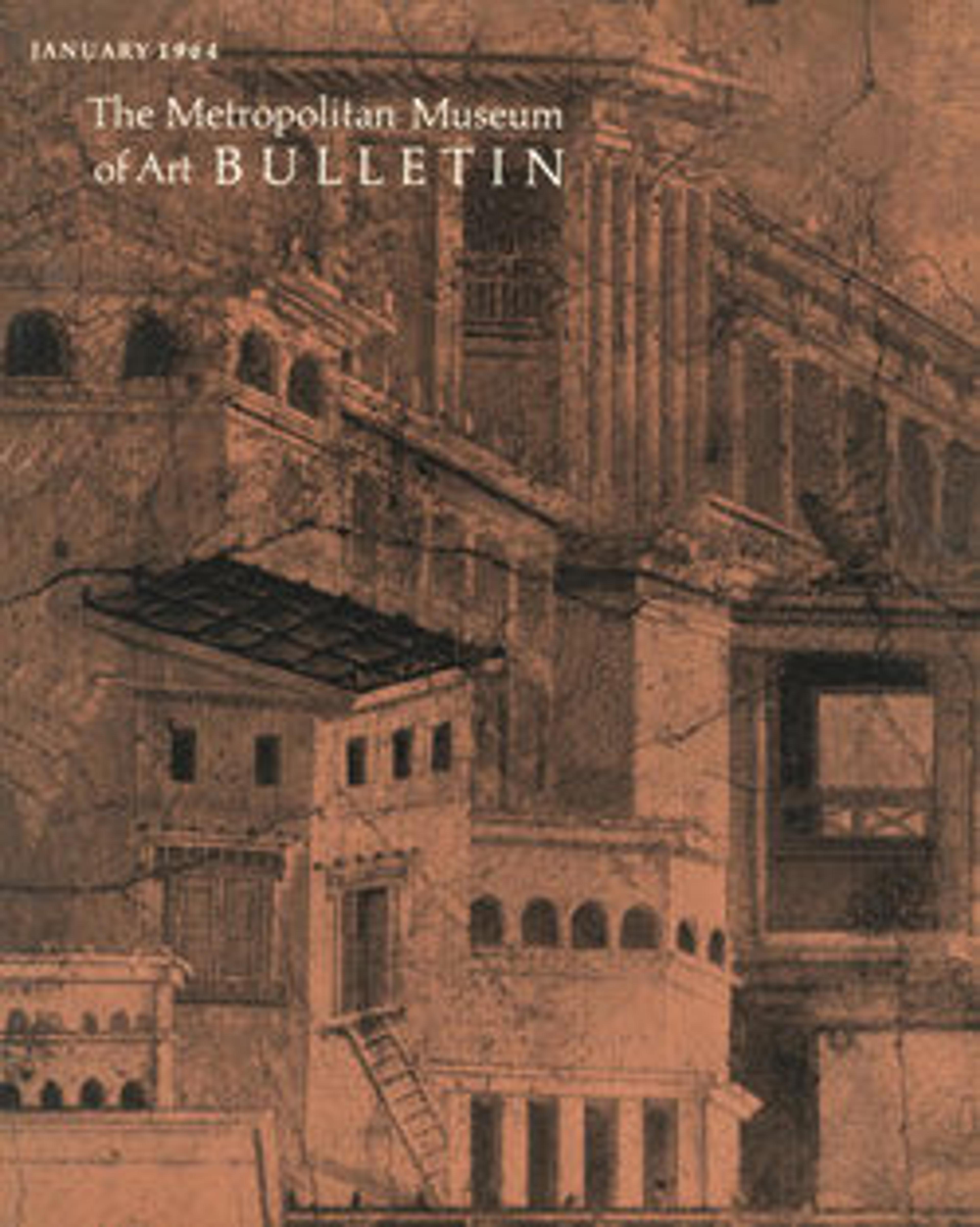Couch and footstool with bone carvings and glass inlays
These pieces of furniture have been reassembled from fragments, some of which may come from the imperial villa of Lucius Verus (co-emperor, A.D. 161–169), on the Via Cassia outside Rome. It is not certain that the square glass panels are original to the bed frame and stool, but the carved bone inlays are paralleled on other Roman couches. On the couch legs are friezes of huntsmen, horses, and hounds flanking Ganymede, the handsome Trojan youth who was abducted by Zeus in the guise of an eagle to serve as his wine steward; on the footstool are scenes of winged cupids and leopards; and on the sides of the bed frame, the striking lion protomes have eyes inlaid with glass.
Artwork Details
- Title: Couch and footstool with bone carvings and glass inlays
- Period: Imperial
- Date: 1st–2nd century CE
- Culture: Roman
- Medium: Wood, bone, glass
- Dimensions: 41 1/2 × 30 × 84 1/2 in. (105.4 × 76.2 × 214.6 cm)
footstool: 9 1/4 × 17 1/2 × 25 1/2 in. (23.5 × 44.5 × 64.8 cm) - Classifications: Miscellaneous-Bone, Ivory
- Credit Line: Gift of J. Pierpont Morgan, 1917
- Object Number: 17.190.2076
- Curatorial Department: Greek and Roman Art
Audio
1207. Couch and footstool with bone carvings and glass inlays
0:00
0:00
We're sorry, the transcript for this audio track is not available at this time. Please email info@metmuseum.org to request a transcript for this track.
More Artwork
Research Resources
The Met provides unparalleled resources for research and welcomes an international community of students and scholars. The Met's Open Access API is where creators and researchers can connect to the The Met collection. Open Access data and public domain images are available for unrestricted commercial and noncommercial use without permission or fee.
To request images under copyright and other restrictions, please use this Image Request form.
Feedback
We continue to research and examine historical and cultural context for objects in The Met collection. If you have comments or questions about this object record, please complete and submit this form. The Museum looks forward to receiving your comments.
